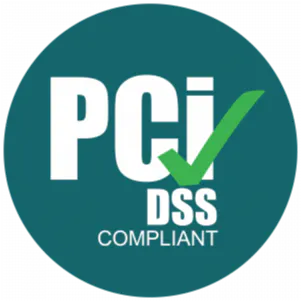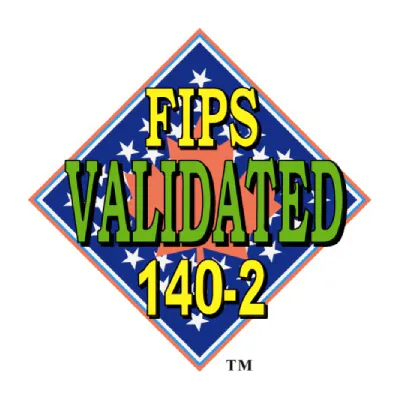Zero Standing Privileges
What Are Zero Standing Privileges (ZSP)?
In the age of digital attacks against organizations of all sizes and industries, we need to put cybersecurity at a high priority. We can’t focus purely on incident prevention; thinking about disaster response and recovery matters just as much. The problem with standing privileges is that it runs against the principle of least privilege, the cybersecurity practice of allowing users access to only what they need to complete current tasks. Zero Standing Privileges rejects the use of standing privileges for this purpose.
What happens when a cybercriminal gains unauthorized access to one of your accounts? If that account had standing privileges, the hacker would have access to all the associated resources. Reducing the risk of data breaches is a key reason why enterprises aim for ZSP.
You can consider ZSP as a method to minimize the risk of stolen credentials, data loss, and non-compliance.

How Is Just-in-Time (JIT) Access Related To ZSP?
If you can’t use standing privileges, how can you ensure that the accounts in your business have the right access they need to do their tasks? Just-In-Time Access is the common solution, where temporary, sanctioned access is granted based on factors like the roles of the account, the task to be done, and the resources that the user must access for it.
JIT, as its name suggests, is the partly automated practice of giving the right amount of access to individual accounts without having to go through a lengthy manual approval process. Enterprise tools that offer JIT and other ZSP-related features boost company security without compromising on employee productivity.
Achieving Zero Standing Privileges One Step at a Time
If your business fails to address standing privileges now, the problem will only get worse over time. Stop the bleeding by starting your ZSP initiative today with these 3 best practices.
- Find the problem. Where are administrative accounts with standing privileges located in your company? Search through your workstations and servers to find out the problematic accounts first.
- Take preventative measures. Ban the creation of new standing privileges, no matter what system or access type they belong to. Whether it’s local or group access, it must never be permanent. Revoke any current standing privileges as well.
- Change your practices. Switch to a Just-in-Time Access DevOps protocol as mentioned before. Only allow the minimal amount of access for the minimal amount of time for maximum security.
Preventing data breaches and other incidents with ZSP not only benefits your organization but also your clients and business partners.
Empowering Your Secrets Management
Traditional methods of handling privileged access are no longer sufficient for today’s competitive enterprise market. To protect your critical assets without sacrificing workflow efficiency, you need a proper system or tool in place for the job.
Companies today deal with more than just passwords and credentials; they use tokens, SSH keys, and various other methods of ensuring authorized access. We call these tools “secrets,” and secrets management has become a field in business all by itself.
Handling the tens of hundreds of accounts, temporary access instances, and secrets is far too difficult to do manually. While it may be tempting to turn to standing access to avoid all the administrative headache, businesses must still keep the focus on cybersecurity and turn to dedicated platforms that hold up the principles of Zero Standing Privileges.









